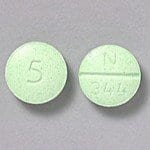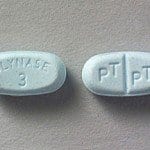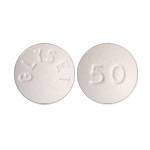Drink Deep, Live Long The 2,000 Year-old Diabetic Tea: Would you like a cup of Gymnema Herbal Tea? If you were to visit either India or Sri Lanka you might be offered a cup. It appears that if you suffered from diabetes it might be beneficial to drink.
For more than 2,000 years gymnema sylvestre has been used as both a medicine as well as a common drink in India. Today a growing body of evidence seems to support the use of this herb in the treatment of diabetes.
According to WiseGeek.com, “The U.S. National Library of Medicine (NLM) and the National Institutes of Health (NIH) find ‘good scientific evidence’ that gymnema sylvestre can be helpful in controlling blood sugar levels in people with type 1 and type 2 diabetes when used in conjunction with insulin and other medications as prescribed by a doctor. It is important that people with existing blood sugar issues talk to their doctors before adding gymnema sylvestre to their diet, as insulin or other medications may need to be reduced.”
A plant extract from the rainforests of India, gymnema sylvestre has been subjected to multiple scientific tests and the end result seems to be that science would agree that taken with a doctor’s prescribed insulin regimen this herb can provide relief from certain diabetic symptoms. Specifically this product may serve to encourage the body to produce additional insulin. King’s College in London produced a study in 2005 that indicated the herb does in fact increase insulin secretion.
One rather remarkable attribute is that the tea provides a short-term desensitization to the taste of something sweet. In other words if you were to eat a piece of candy following consumption of Gymnema Herbal Tea it would not taste sweet. Even eating a piece of fruit would find that your taste buds do not recognize the sweet taste of the fruit. This effect is generally gone within 30 minutes of completing a cup of tea, but if taken with meals it may reduce your desire for desert.
Preliminary research also suggests that drinking Gymnema Herbal Tea might serve to lower bad cholesterol and lower triglycerides. Many researchers also view the effects of gymnema sylvestre as cumulative. In other words the longer you use the herbal supplement the greater the end results will be. You may not see or feel much change in the first few days or even weeks of using this product, but over time it may prove helpful.
The Hindi refer to this herb as Gur-mar, which is literally translated ‘sugar destroyer’.
As with all herbs the Federal Drug Administration (FDA) does not regulate nor do they test the assertions made by herbal manufacturers. That being said the scientific community has done a service for those who appreciate a more holistic approach to managed care. By discovering the primary compounds within gymnema sylvestre they have found that there is good reason for the people of India to rely on the herb for assistance with diabetes. India’s good news is now a common export.
Gymnema Herbal Tea can be found online, but it may also be found in many health food stores. You may benefit by asking your primary care physician if the use of this herb may be helpful in the care of your diabetes.
 The Type 1 Diabetes Wheat Link: Research partially funded by the Juvenile Diabetes Research Foundation (JDRF) suggests a possible link between the consumption of wheat products and the development of Type 1 diabetes in certain individuals.
The Type 1 Diabetes Wheat Link: Research partially funded by the Juvenile Diabetes Research Foundation (JDRF) suggests a possible link between the consumption of wheat products and the development of Type 1 diabetes in certain individuals.

 The
The